- Identification of the NAB2-STAT6 fusion as a key genetic aberration in SFTs
- Recognition of subsets of SFTs with more aggressive clinical behavior
- Development of a simple risk assessment model
Latest Updates


- Identification of the NAB2-STAT6 fusion as a key genetic aberration in SFTs
- Recognition of subsets of SFTs with more aggressive clinical behavior
- Development of a simple risk assessment model
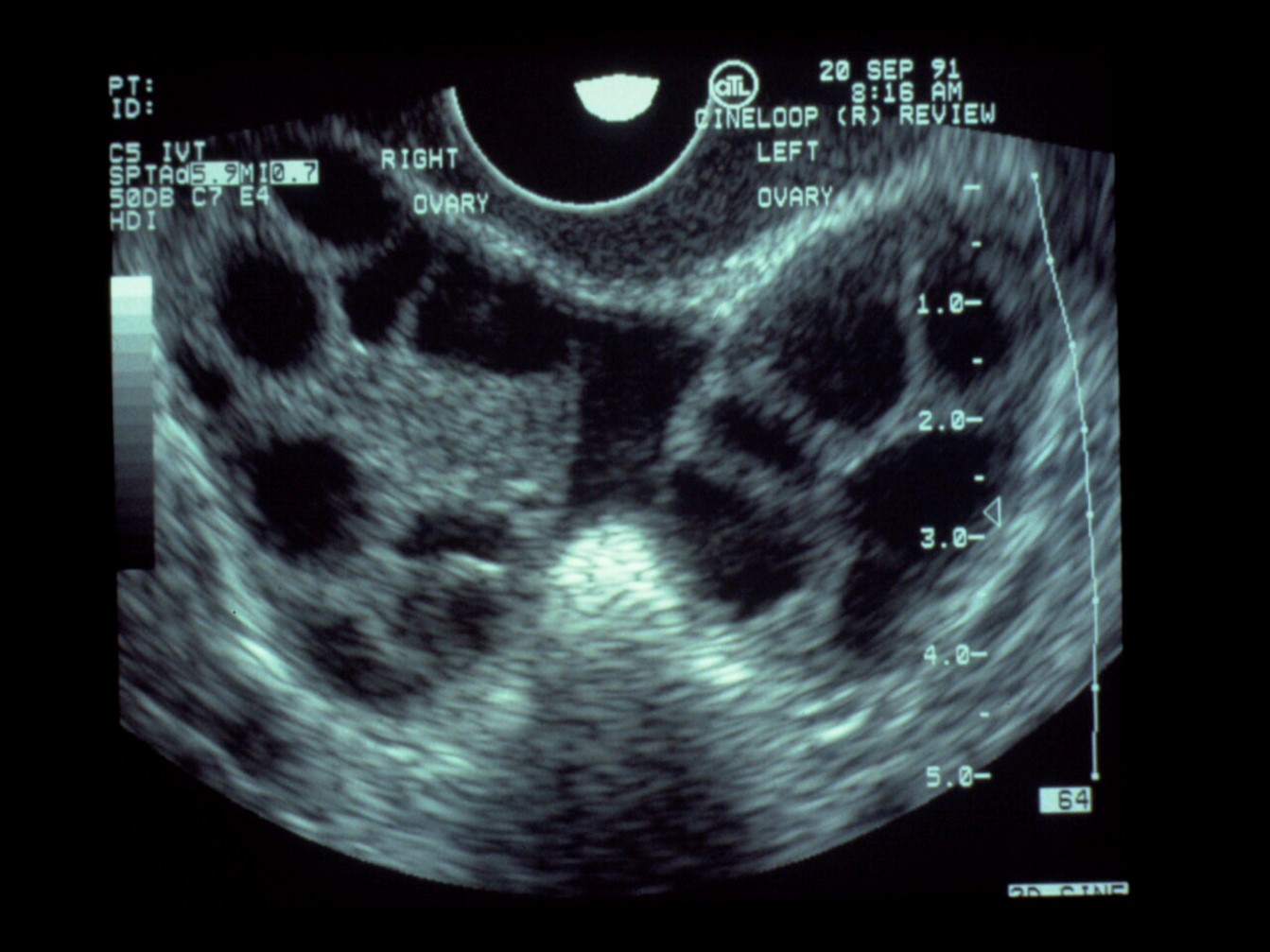
Infertility Treatment: Ovulation Induction and Insemination
- PCOS Letrozole is considered as the first-line treatment for ovulation induction for patients with PCOS.
- Luteal support: Luteal progesterone support is beneficial to patients undergoing gonadotropin stimulation and intrauterine insemination
- Unexplained Infertility: Gonadotropin treatment is associated with a significantly elevated risk of multiple gestations gestations
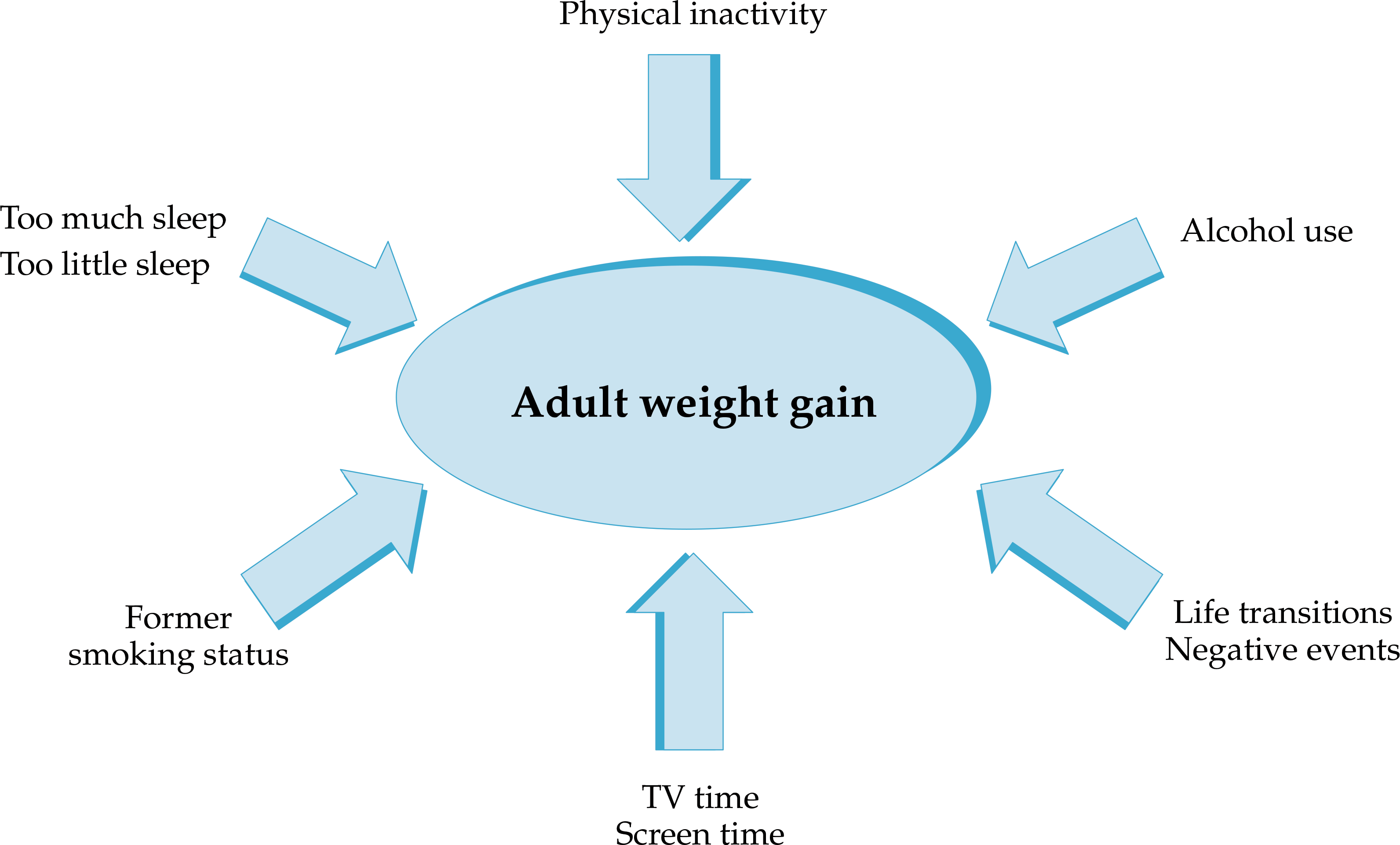
Nutrition for the Healthy Adult
- Latest recommendations for added sugar
- New guidelines about dietary cholesterol—a license to consume as much as we want?
- The latest about processed meat; is any amount safe?
- Shift from single nutrients to whole foods and patterns of eating
- Using anthropometrics in the primary care setting to determine adiposity
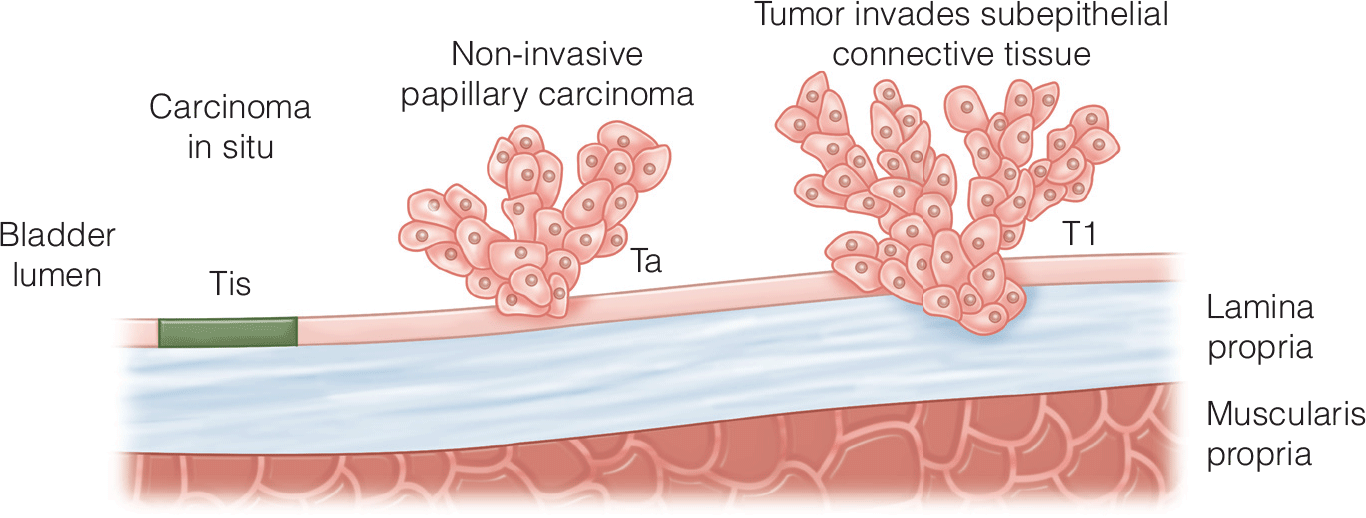
Management of Non–Muscle-Invasive Bladder Cancer
- Molecular characterization of NMIBC by RNA sequencing has revealed molecular subtypes similar to muscle-invasive bladder cancer.
- Fluorescent cystoscopy in combination with white light cystoscopy at the time of transurethral bladder tumor resection reduces the risk of subsequent bladder tumor recurrence.
- Maintenance intravesical BCG therapy can be discontinued after 12 months in patients with intermediate-risk NMIBC but should be continued for 36 months in patients with high-risk NMIBC.
- The refinement of the definition of the “BCG refractory” and its replacement with the term “BCG unresponsive” by an FDA-AUA panel has contributed to active drug development and clinical trials in this disease state.
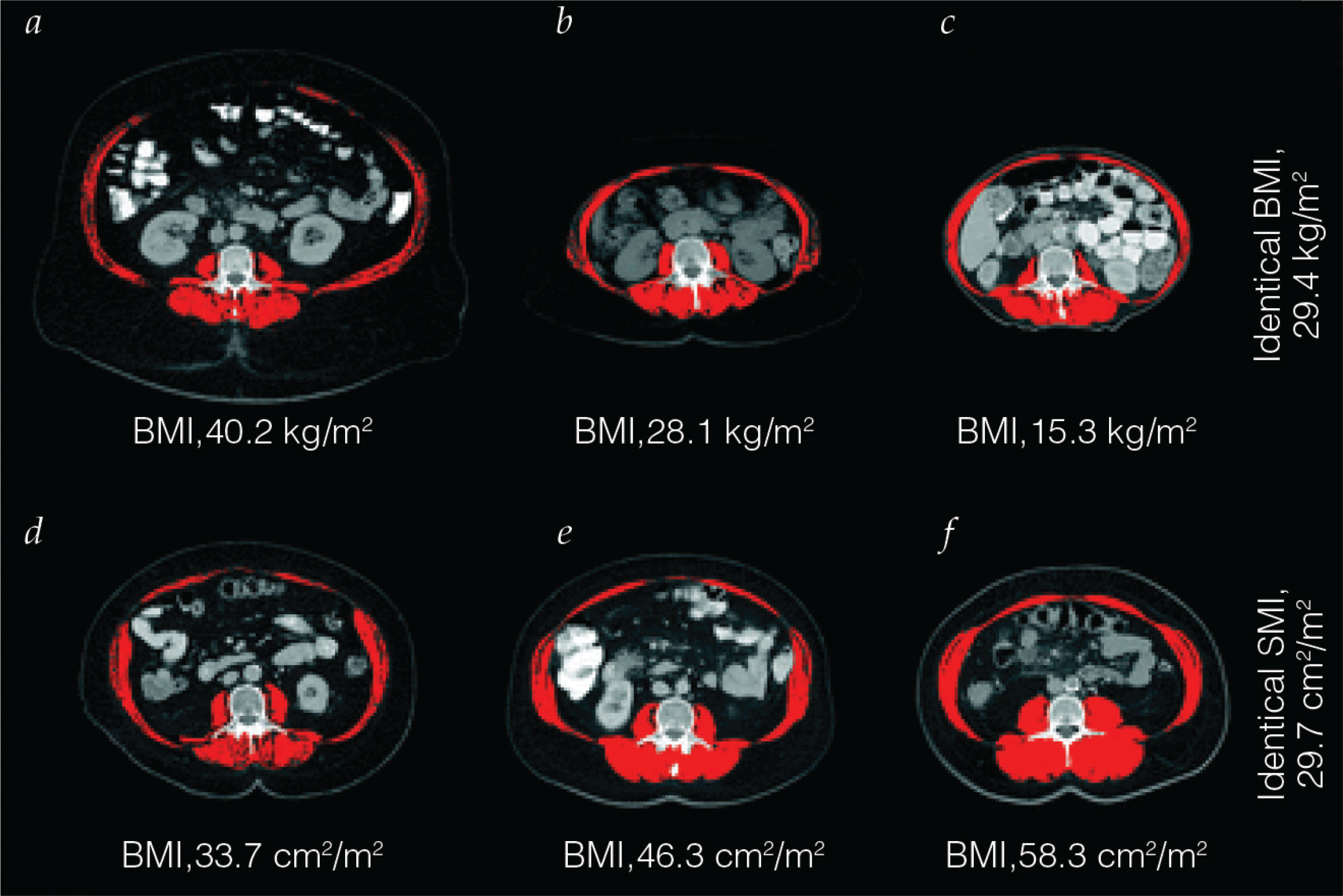
Energy Balance, Exercise, and Cancer Risk
- Obesity is the leading modifiable cause of cancer in the United States.
- Body Mass Index (BMI) as a measurer of body fatness has limitations in the cancer population.
- Dual-energy x-ray absorptiometry, bioelectrical impedance analysis, computed tomography, and magnetic resonance imaging may be used more frequently in cancer patients.
- Cancer patients with elevated BMIs have improved survival compared with normal-weight patients.
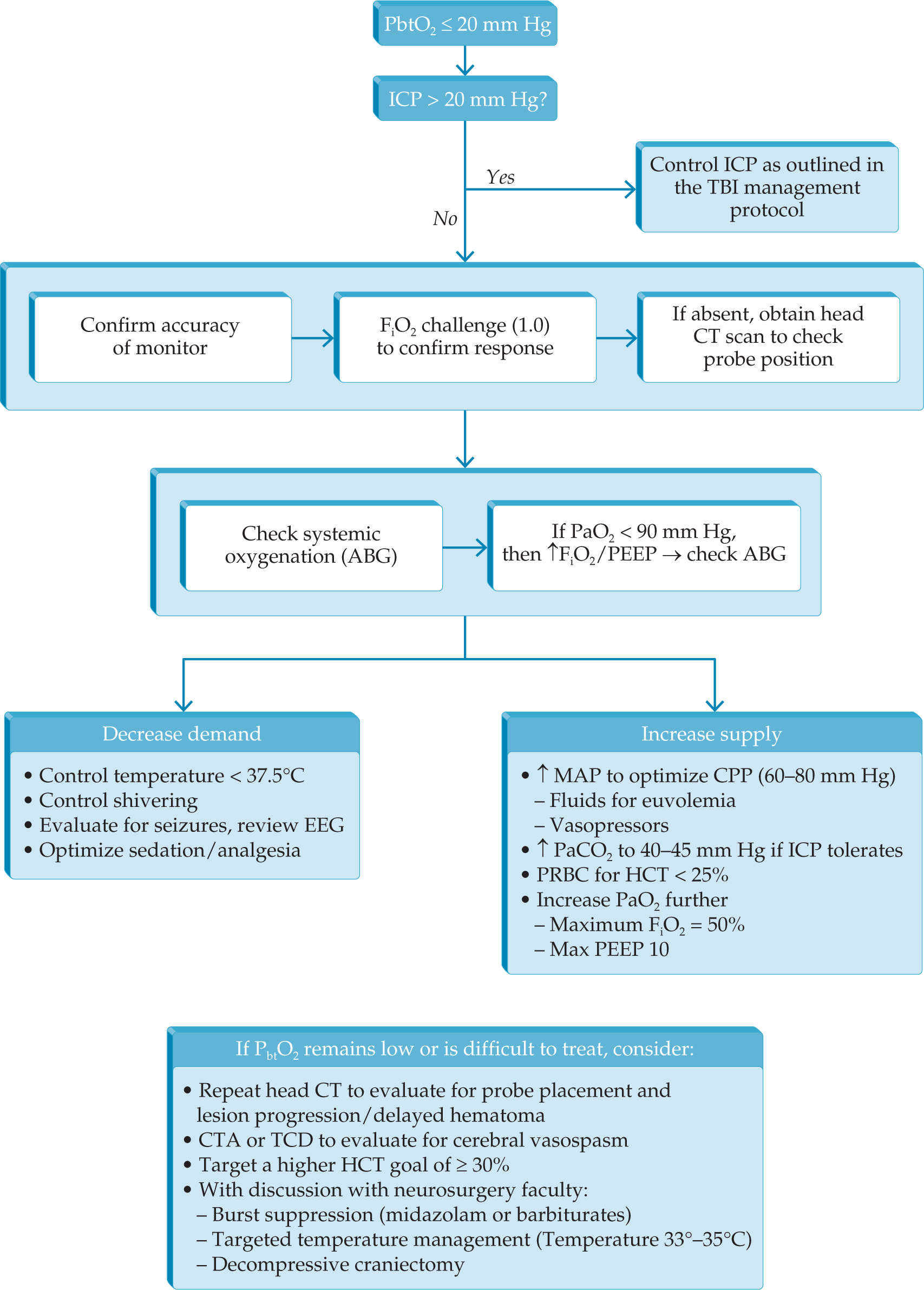
- A multidisciplinary, evidence-based, protocol-directed approach continues to be recommended for the treatment of severe traumatic brain injury.
- Treatment of severe traumatic brain injury is performed through a systematic, tiered approach, with escalation of therapy in the setting of refractory elevated intracranial pressure.
- Role of decompressive craniectomy for the control of refractory elevated intracranial pressure remains controversial and is not clearly associated with improved outcomes.
- Early use of hypothermia to control intracranial pressure is associated with higher rates of mortality.
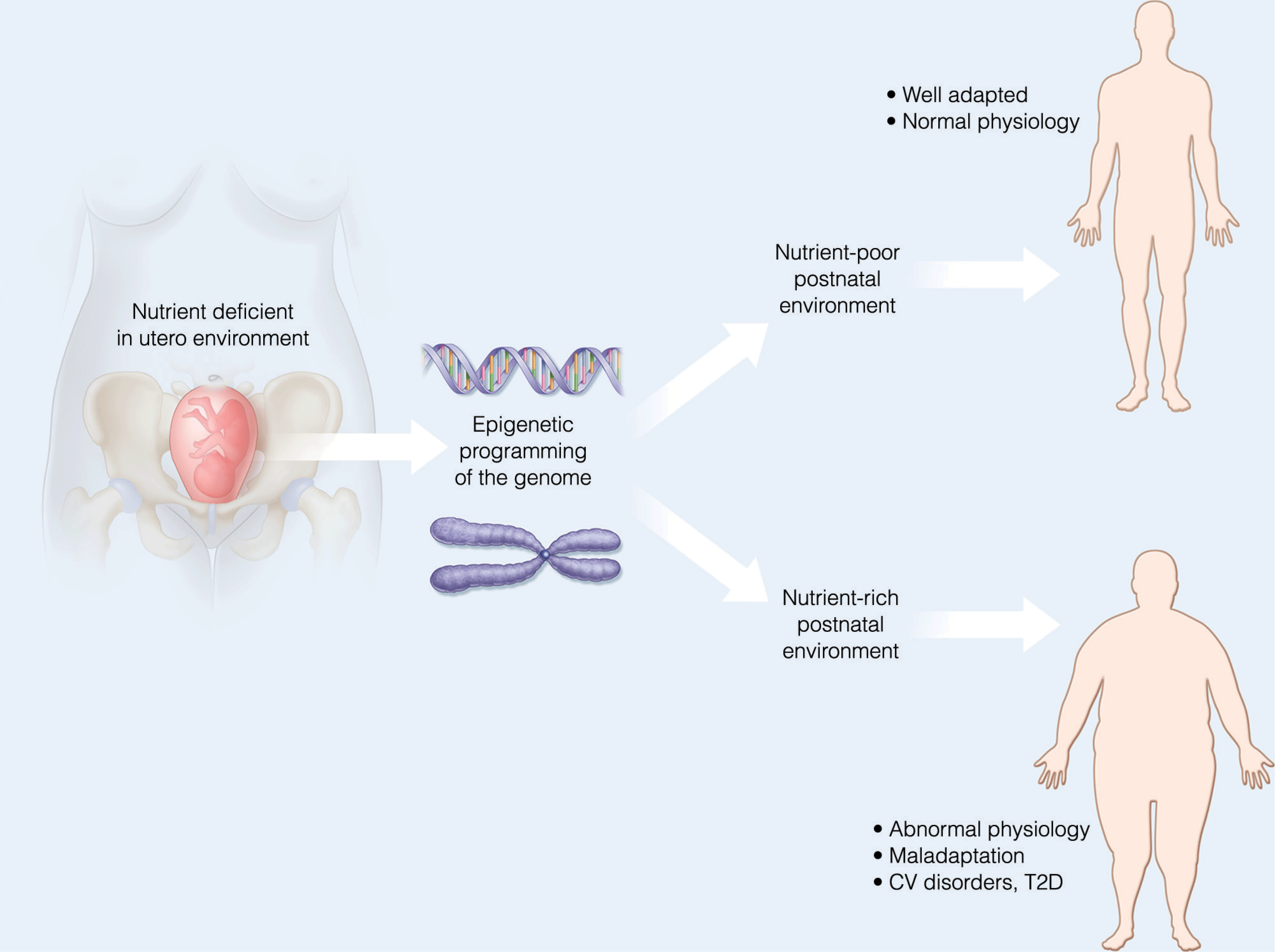


.png)







